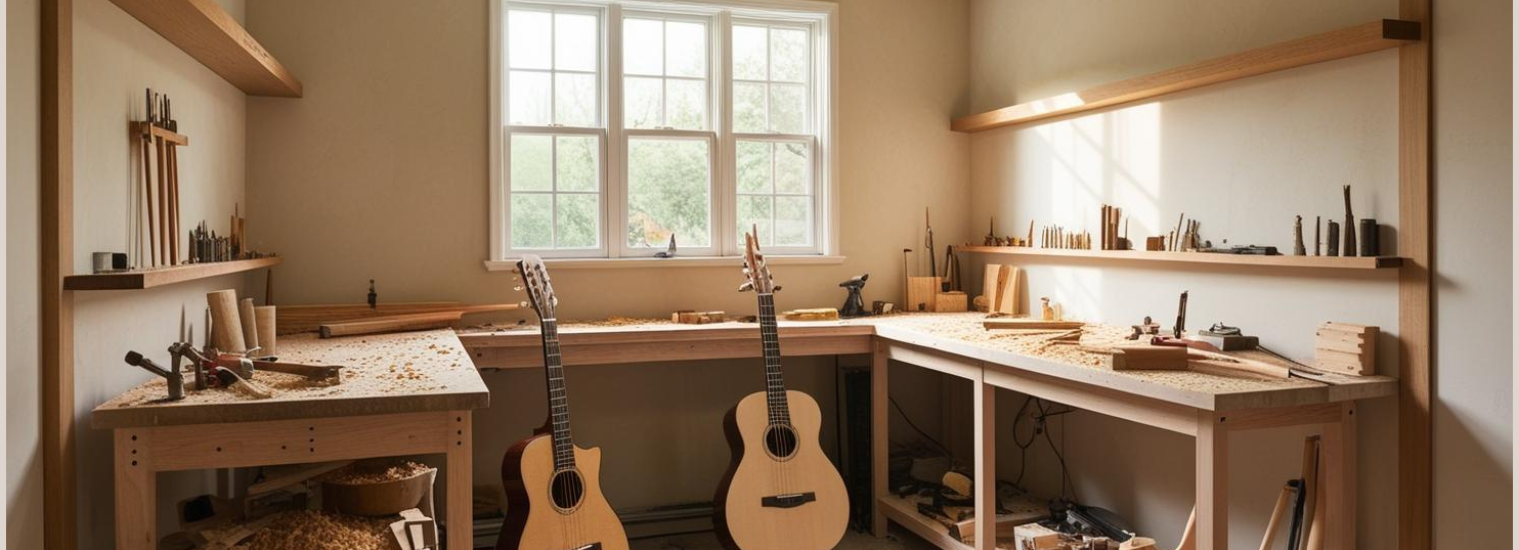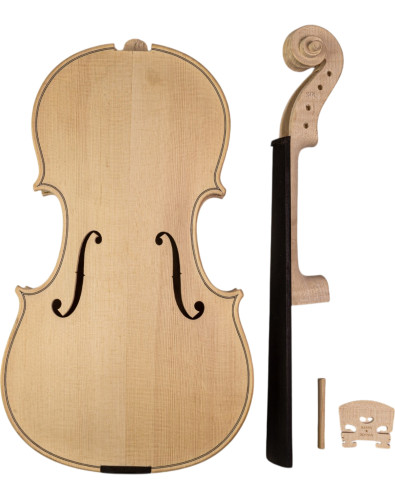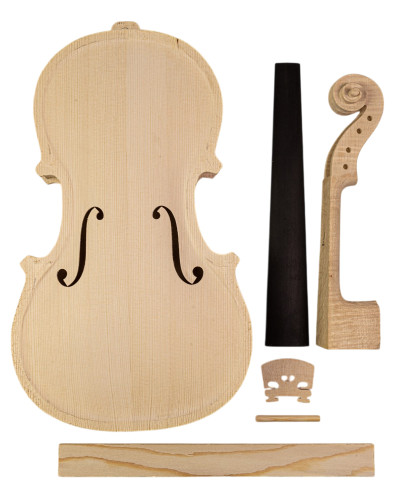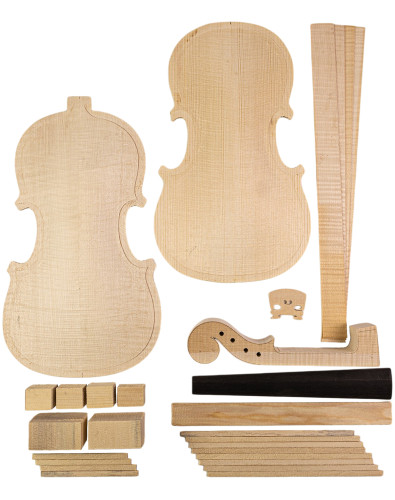- News
- 17 likes
- 1013 views
- 0 comments

We will soon release an exclusive video in collaboration with architect Alejandra García Palomino, where we explain how to design a home luthiery workshop that maximizes creativity and productivity. In this article, we outline the fundamental principles for creating a functional, organized, and efficient space.
Why Is It so important to create an efficient and organized workspace?
When we think about our workspace, tools, wood, and ongoing projects can quickly accumulate, creating chaos and distractions that affect our focus.
However, workspace design is not just a matter of organization; it directly influences a luthier's creativity and productivity.
Studies show that a cluttered and chaotic space can cause stress, fatigue, and creative blocks. On the other hand, a well-structured environment promotes workflow, optimizes time, and improves the quality of the instruments being crafted.
To delve deeper into this topic, we interviewed architect Alejandra García Palomino, a specialist in neuroarchitecture and director of DMD.

Alejandra García Palomino
The environment and its impact on creativity
"Spatial design not only enhances productivity but is also a key factor in the quality of the work we produce," says Alejandra. She illustrates this with an interesting analogy: "If you had to choose between eating an egg from a free-range hen or one from a factory-farmed hen, most people would opt for the first. This shows how the environment influences the quality of the product, and the same applies to humans."
We spend most of our time indoors, meaning factors such as lighting, organization, and comfort have a direct impact on our creativity and focus. "An inspiring space can enhance our abilities, while a cluttered or poorly lit one can hinder our performance," she emphasizes.
Challenges of setting up a workshop at home
Adapting a domestic space into a luthiery workshop can be challenging, but three fundamental aspects must be addressed:
- Sufficient space for maneuvering: "A workshop requires minimum dimensions to be functional. Ensuring a proper layout prevents movement restrictions and improves efficiency."
- Proper lighting: "Natural light is ideal, but if unavailable, high-quality artificial lighting should be chosen to prevent eye strain."
- Dust and debris control: "Working with wood generates airborne particles that can spread to other areas of the house. Designing a dedicated corner with proper barriers helps contain dust and maintain order."
Comfort and functionality—a possible balance
"A well-designed workshop should balance comfort and practicality. If I had to recommend a starting point, I’d say ergonomics is key," Alejandra advises. A good place to begin is ensuring that the work surface is 10 to 15 cm (4 to 6 inches) below the forearm when bent at a right angle. This small adjustment helps prevent muscle strain and fatigue.
Lighting is another crucial factor: "Humans are influenced by circadian rhythms. Warm lighting in the morning helps wake us up, while cool lighting at midday enhances concentration."
Soundproofing: a necessary solution
Noise can be a challenge when working from home, both for the luthier and those sharing the space. Alejandra suggests several strategies to minimize it:
- Using thick curtains with ceiling-mounted rails helps reduce sound transmission.
- Installing acoustic panels on walls and ceilings improves noise absorption.
- Implementing vibration dampeners on workbenches and tools reduces structural noise.
Photo source: Pinterest
The importance of professional guidance
When designing a workspace, professional advice can be a significant advantage. "Investing in a well-thought-out design helps optimize the budget and make the most of the available space," Alejandra explains. "Many times, we think we need a larger space when, in reality, good planning can create a functional workshop without wasting resources."
Her studio offers online consulting services for renovations and customized workspace adaptations. As a specialist in Interior Design and Neuroarchitecture, Alejandra tailors solutions to each specific case.
Designing a home luthiery workshop is a challenge that requires considering multiple aspects: space, ergonomics, lighting, and soundproofing. "By applying neuroarchitecture principles, it is possible to create an environment that not only facilitates work but also enhances creativity and productivity," Alejandra concludes. "With the right guidance and well-informed decisions, any home space can be transformed into a functional and comfortable workshop."
If you want to discover practical tips and real-life examples, don’t miss the upcoming video, where Alejandra García Palomino will guide us step by step in creating a home luthiery workshop. Stay tuned to our social media for the release!











